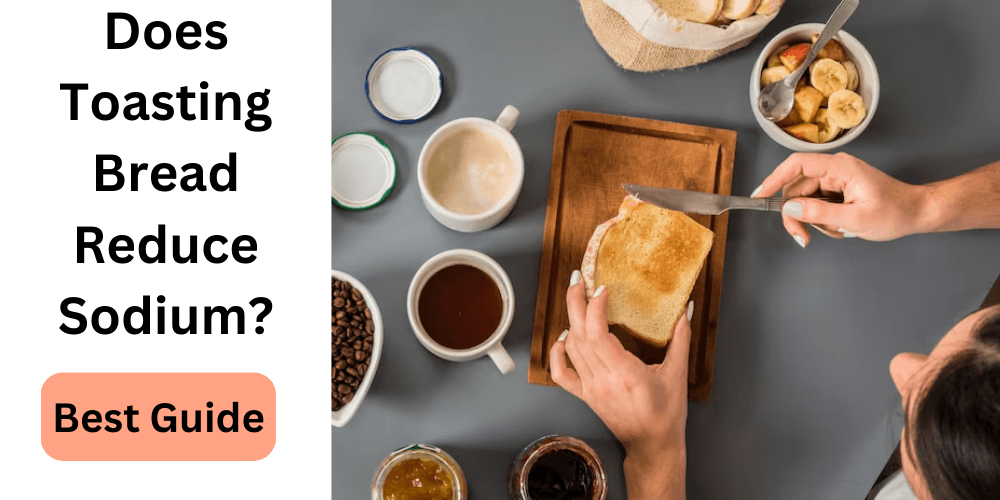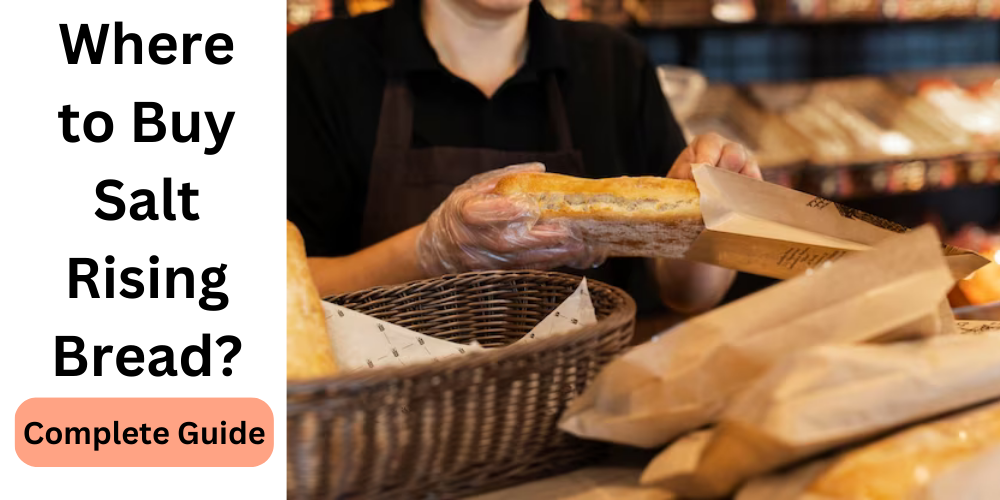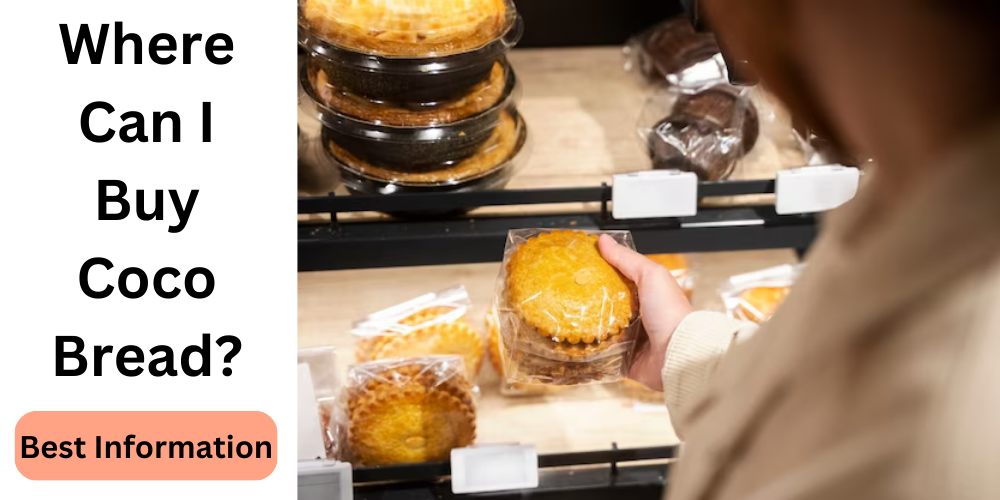The relationship between diet and health has never been more scrutinized than it is today, with individuals striving to understand the seemingly minute details of their food consumption. One question: does toasting bread reduce sodium, that tends to pop up is whether toasting bread reduces its sodium content. This article delves into the science behind this query, providing a comprehensive perspective for anyone seeking to maintain a health-conscious diet.

Does Toasting Bread Reduce Sodium?
Bread, a staple in many diets worldwide, naturally contains sodium due to the salt added during its production process. While the exact amount can vary depending on the type of bread and the manufacturer. It’s safe to say that most commercially available bread carries a significant sodium load.
The Toasting Process
Toasting bread is a common practice in households worldwide. But does toasting bread reduce sodium? Essentially, toasting bread involves exposing it to high heat. This results in the Maillard reaction— a chemical reaction between amino acids and reducing sugars that gives browned food its distinctive flavor.
Research Findings
Contrary to popular belief, the process of toasting bread does not significantly reduce its sodium content. While toasting can change the texture and taste of bread. The sodium content remains essentially the same because sodium does not evaporate at the temperatures typically used for toasting.
Factors Influencing Sodium Reduction
Several factors can influence sodium reduction in food, including cooking methods and the addition of other ingredients. However, as we’ve established, toasting bread is not one of them.
Experimental Methods
In the studies conducted, bread samples were toasted at varying temperatures and durations. Afterward, they were analyzed for their sodium content. The results consistently showed negligible changes in sodium levels post-toasting.
Environmental Considerations
It’s also worth noting that external conditions such as humidity and temperature can influence the sodium content of food. However, these changes are usually minimal and unlikely to significantly affect the sodium content of toasted bread.
Results and Analysis
In conclusion, toasting bread does not reduce its sodium content to any significant degree. The sodium present in the bread before toasting remains there after toasting.
Related Guides:
- How Do Bread Machines Work?
- How Long To Let Banana Bread Cool?
- Why Did Prisoner Choose Bread Instead Of Key?
Is Toast High In Sodium?
It’s a common misunderstanding that toasted bread is high in sodium. The amount of sodium in toast is essentially the same as in the bread before it was toasted. Therefore, if the bread you’re toasting is high in sodium, the toast will be too.
Does Toasting Bread Make It Unhealthier?
While the toasting process does not reduce the sodium content of bread, it also doesn’t make the bread substantially unhealthier. The primary change brought about by toasting bread is in its texture and flavor, rather than its nutritional content. However, excessively toasting bread (to the point of burning it) can lead to the formation of potentially harmful compounds.
What Type Of Bread Is Lowest In Sodium?
If you’re looking to reduce your sodium intake, you might want to consider low-sodium or sodium-free bread options. Whole-grain bread, for instance, typically has less sodium than white bread. You can also opt for homemade bread, where you can control the amount of salt added.
How Much Sodium Is Too Much?
According to the American Heart Association, the maximum recommended intake of sodium for adults is 2,300 milligrams per day. For most individuals, a daily maximum of 1,500 milligrams is the recommended amount.
Conclusion
While does toasting bread reduce sodium. Understanding your diet and the sodium levels in the food you consume can help maintain a healthier lifestyle. It’s always a good idea to check nutritional information and opt for lower-sodium. Recall that moderation and diversity are the keys to a healthy diet.
Sources:
- By Wayne Henderson, Does toasting bread make it healthier, unhealthier, or does it not have any nutritional effect? Posted 5 Years ago




